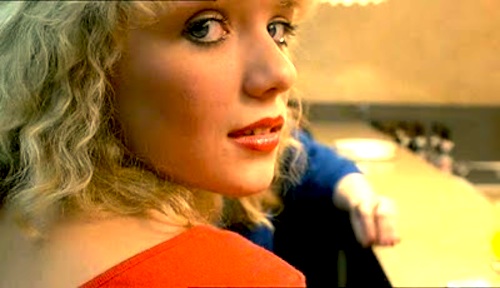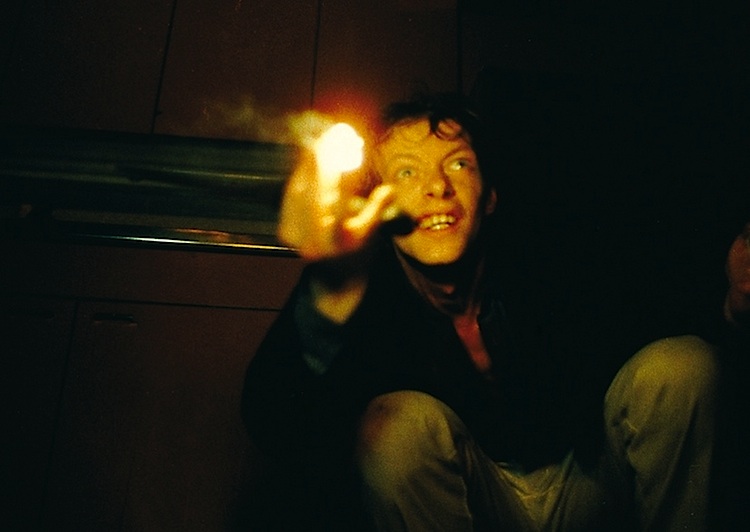By Joe Bendel. Austria might summon images of famous composers, but it has also had its share of psychopaths. Ignoring the rather obvious historical examples, the recent case of Josef Fritzl horrified all of Europe in 2008. The case of Werner Kniesek similarly scandalized Austrians in 1980. Unrepentantly sadistic, the notorious Kniesek served as a model for the twisted protagonist of Gerald Kargl’s Angst. A rare Austrian foray into the serial killer genre, Angst featured the inventive cinematography of future Academy Award winner Zbigniew Rybczyński, who found Austria more hospitable after the Jaruzelski regime imposed Martial Law because of his vocal support for Polish Solidarity. A film indelibly marked by Rybczyński’s contributions, Kargl’s Angst (trailer here) screens this week as part of Shot by Rybczyński, a two film retrospective of the Polish filmmaker’s work as a cinematographer at the Spectacle Theater in Brooklyn.
Kargl’s unnamed POV character-narrator is about to make a good case for capital punishment. Twice convicted of murder, he can only think of one thing during his release from prison—finding new victims. The café he stumbles into is a little too public and the female cab-driver he eyes is a little too resourceful. However, she summarily ejects him near a secluded McMansion that should serve his needs well. It looks like their nearest neighbor is Dr. Heiter from Human Centipede.
Skulking about, the freshly released murderer begins stalking the residents: an apparently developmentally disabled man in a wheel chair, his younger sister, and their ailing mother. Though undeniably vicious, none of his attacks goes exactly according to plan, which further stokes his rage.

Angst has quite a reputation in its own right. Though tagged with X ratings or the equivalent in several countries, it might seem relatively restrained to a generation weaned on Saw and Hostel movies, at least until the narrator’s third kill. Then all bets are off. Consider yourself warned.
Typically, psychological analysis in film is reserved for directors, screenwriters, and occasionally actors. However, it seems worth noting that this cinematic expression of extreme alienation was lensed by Rybczyński, the exile. Similarly, as a dissident from Communist Poland, he would be uniquely qualified to understand the evil that small banal men do.
Indeed, the nameless murderer of Angst is exceptionally unexceptional. Kargl’s refusal to glamorize or in any way build him up distinguishes the film from nearly every subsequent serial killer movie. Rybczyński’s work on the other hand is quite distinctive. Cool and severe, but rife with foreboding, the closest comparison would be Bruno Nuytten’s icily polished work on Andrzej Żuławski’s Possession. Shot from odd angles employing improvised slings, Angst is a restlessly kinetic, visually dramatic tour-de-force example of how a cinematographer can put their stamp on a film.
Angst is a bold and stylish depiction of human nature at its worst. If you are wondering whether it is for you, then the answer is probably no. However, it should be required viewing for adventurous fans of cult cinema. Highly recommended for those confident they won’t be scarred by the horrors found within, Angst kicks off the Spectacle’s Shot by Rybczyński tribute this Thursday (5/10) and screens again Sunday (5/13) and Friday (5/25).
Posted on May 8th, 2012 at 12:26pm.
